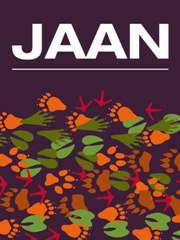Article contents
Whole sorghum inclusion and feed form on performance and nutrient digestibility of broiler chickens
Published online by Cambridge University Press: 13 June 2018
Summary
A total of 432, one-day-old broiler chickens were randomly assigned as a 2 × 4 factorial design (pellet or mash and 0, 25, 50, and 75% whole sorghum levels) in a completely randomised experiment, having six replicates with nine birds per replicate. Body weight and feed intake were measured on a pen basis at 10, 25, and 35 days of age and feed conversion ratio calculated. Pelleting diets significantly improved (P<0.05) feed intake, body weight and carcass yield of broiler chickens at 10 and 24 days of age. Heavier relative gizzard weights with lower pH (P<0.05) were recorded for broiler chickens offered mash diets at 35 days old. Feed conversion ratio at 35 days of age increased (P<0.035, quadratic effect) with higher levels of whole sorghum and levelled off at 75% inclusion rates. Relative gizzard weight at 35 days was marginally increased (P<0.033, linear effect) in line with rising sorghum levels. Similarly, relative bursa and liver weights at 35 days increased (P<0.037, quadratic effect and P<0.033, linear effect, respectively) with sorghum inclusion. The results showed that pelleted diets gave superior performance compared to mash diets. Although higher levels of sorghum inclusion in mash diets enhanced gizzard development, performance parameters of birds at 35 days of age were poorer, with 125 g less body weight and an increase in FCR from 1.51 to 1.62 for the 0% and 75% sorghum levels respectively.
Information
- Type
- Original Research
- Information
- Copyright
- Copyright © Cambridge University Press and Journal of Applied Animal Nutrition Ltd. 2018
References
- 10
- Cited by

